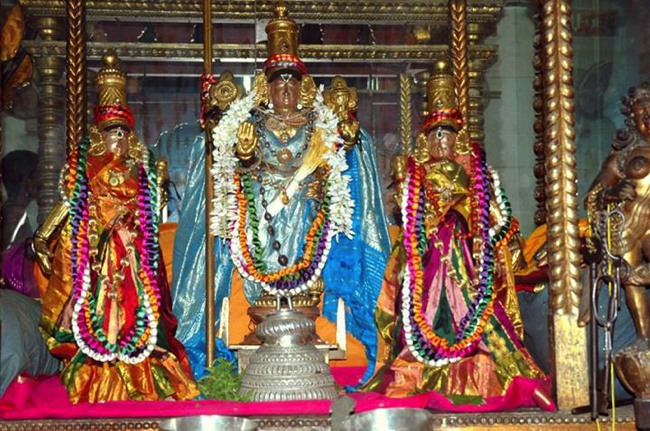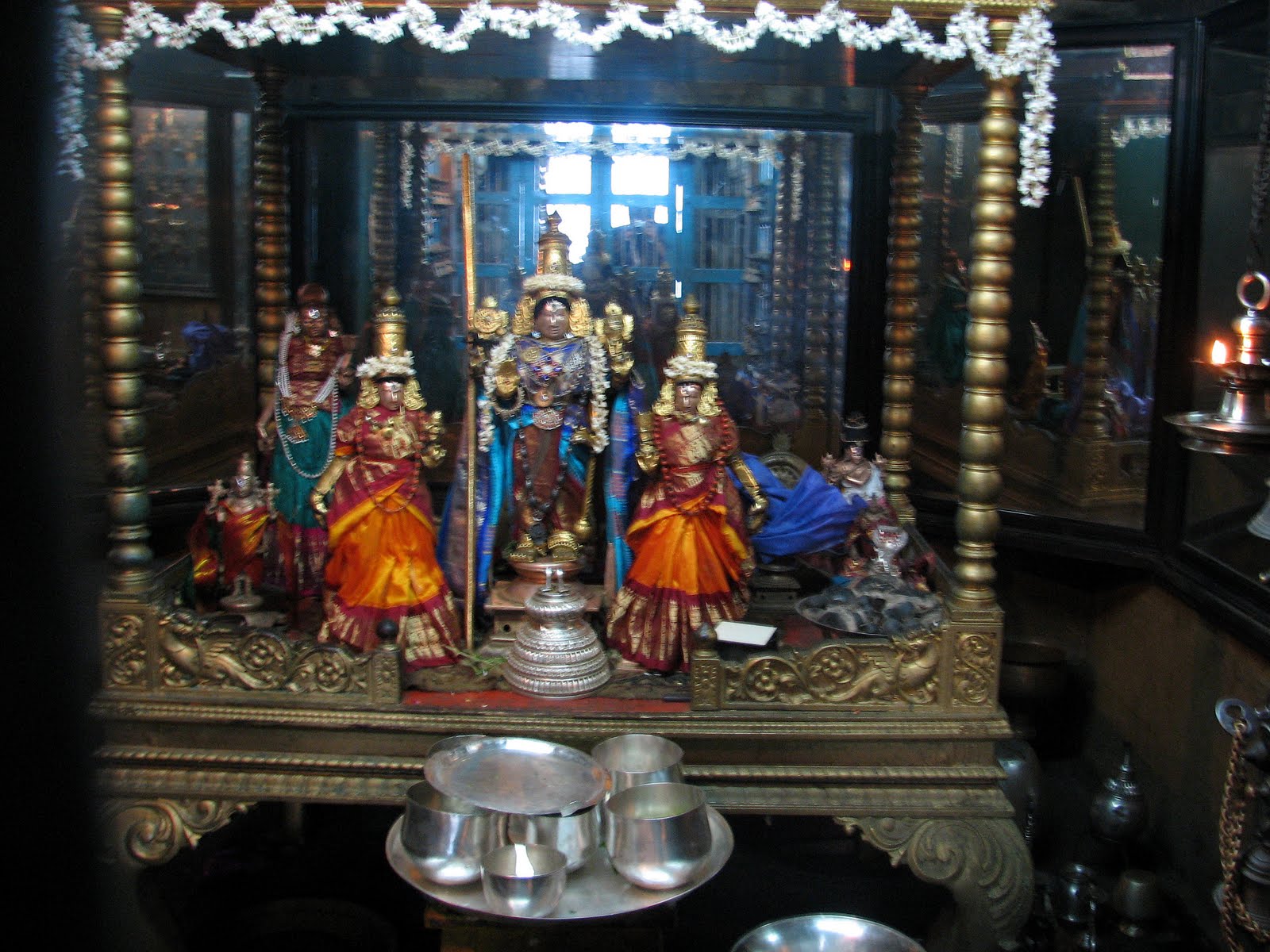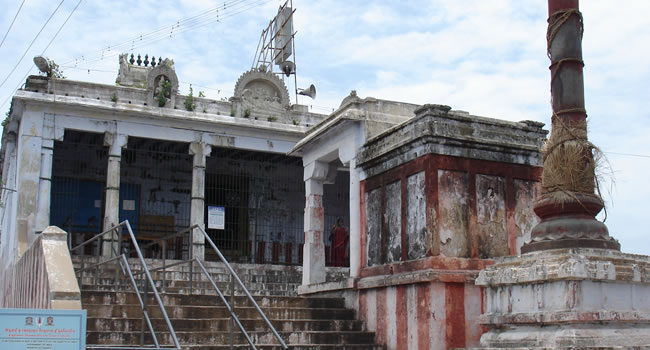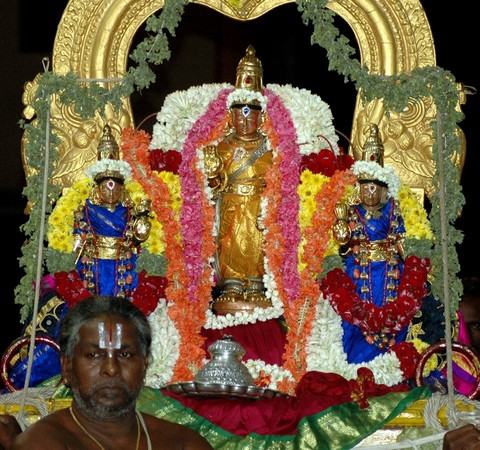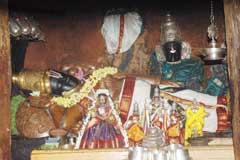Description
South India, with its distinct temple architecture in iconic locationsexuding devotional aura, are a huge draw for pilgrims and localsalike. While the more famed shrines are common knowledge, there areothers with an equally rich outlay that have failed to draw dueattention in the public eye. One such famed site, is the Thiruneermalai Temple in the village by that name, located in theChengulpet district of Kanchipuram in Tamil Nadu. The temple is a Vaishnavite shrine and its presiding deity is the lord Neervanna Perumal, wherein the term Perumal is assigned to god Vishnu. The commonly traveled route to Thiruneermalai is from Chennai as it islocated four km. from the city's outskirts. Another oft-taken route isfrom Kanchipuram, with buses plying directly to the temple town.Visitors can also hire a car to economise on travel time.??The architecture of this hill temple is clearly demarcated, with onepart at the foothill and the other on its peak. Its deities are arranged in different postures – nindraan, irunthaan, kidanthaan andnadanthaanthirukkolam. The lower complex ,Sthaladhipadhi Neervanan houses the lord in a standing posture along with his consortAnimamalarMangaithayar. Higher upthe 200-300 steps to the top, is theform of the Lord Hanumana to one's right. The next shrine is that ofthe lord in a reclining posture (Kidanthaan) followed by the deificform in a walking posture or Nadanthaan. Finally the lord is seen in aseated form as Lord Narasimha. The temple tank or teppakulam-tank, a3-acre spread, has a mandapam or platform within. It is eulogised asSuddhaPushkarini, KsheeraPushkarini, KarunyaPushkarini and SwarnaPushkarini.??Locals refer to the shrine as ThoyagiriKshetram and Thothadri. Longago, this hill site was surrounded by water when a ThirumangaiAzhwarvisited the shrine. The term thoya is water and adhi is water and the combined expression means a hill surrounded by water, a clearindicator of its topographical features. Ancient belief accords thetemple a place among the 108 divyadesams or temples dedicated to LordVishnu, in India and Nepal. Such temples have been earmarked by the Tamil saints or azhars of the 12th century in their collection ofTamil verses known as Divyaprabandha. Thus when Thirumangai Alwar arrived at this water logged location to worship the Lord Vishnu hewaited for six months till the waters receded and stayed on the spotto offer obeisance to his lord. Thus the location came to be christened ThiruMangaiAlwarpuram.
Festivals/Events/Gatherings
In accordance with current practices, two distinct festivals(Bramhotsavam) are held annually. The Neervanann is in Panguni (midMarch – mid April), while ten-day-long festivities for RanganthaPerumal are held in April-May. Other celebrations are seasonal events in spring, summer and autumn. At ordinary times, devotees take a ritual dip in the tank renowned for its curative powers. They tie cradles to a tree for the birth of progeny and a smooth married life, with offerings of clothes along with regular items.

